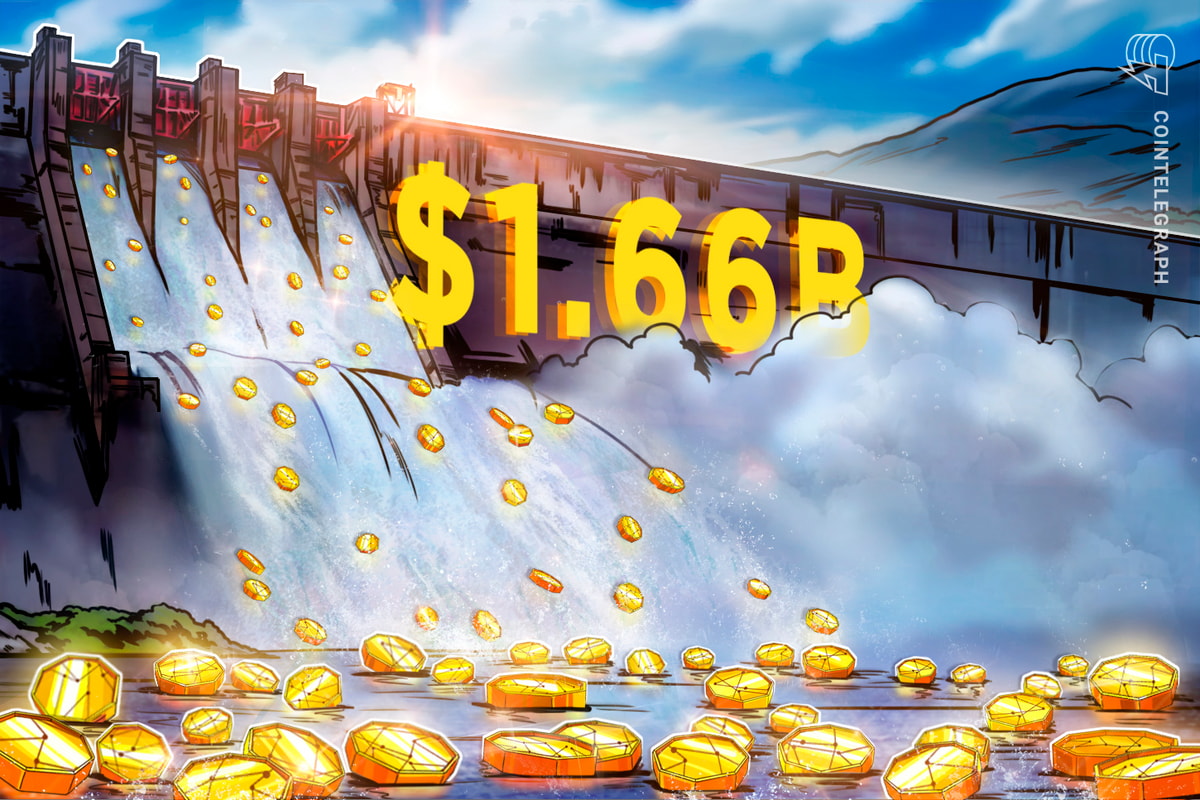Garantex Successor Grinex Moves $1.66 Billion Through Crypto Exchanges
A shocking development in the world of cryptocurrency has come to light, as Grinex, a suspected successor to the sanctioned Russian platform Garantex, has reportedly moved over $1.66 billion in crypto through exchanges. This move raises significant red flags, despite warnings from blockchain analytics firm Global Ledger, which had initially estimated around $1 billion in fund exposure to Grinex as of early May.
Grinex, identified as the suspected successor to Garantex, has been shrouded in mystery since its emergence. The sanctioned Russian platform Garantex had its infrastructure taken down by US, German, and Finnish authorities in March, and has since reportedly shifted its operations to Grinex. Global Ledger initially reported that various cryptocurrency exchanges had around $1 billion in fund exposure to Grinex, but the movement hasn’t stopped.
"You can see [the amount is] devastating [and] it’s growing on a daily basis," Yury Serov, research head of investigations at Global Ledger, told Cointelegraph. "We have raised our estimates due to continuous fund flows in and out of Grinex."
The Scope of the Problem
According to compliance company Bitrace, $649 billion in stablecoin flows were exposed to high-risk addresses in 2024. The firm said that more than 70% of potentially illicit stablecoin transactions occurred on the Tron network via USDt (USDT). The observed fund flows out of Grinex are also in Tron-based USDt.
At the time of writing, Global Ledger has accounted for $2.41 billion in transactional exposure to crypto services and wallets. Of that amount, $1.66 billion moved in and out of 180 cryptocurrency exchanges, also referred to as virtual asset service providers (VASPs).
The Regulators Take Action
Some of the exchanges exposed to Grinex transfers have been notified by Global Ledger, although some have gone unanswered. Cointelegraph independently contacted six of the world’s largest crypto firms operating globally to ask whether they had been notified of, or detected, fund flows from Grinex.
Only Binance responded, stating that it monitors and blocks both direct and indirect exposure to sanctioned individuals and entities. "While it is not possible to avoid incoming deposits, we do take action against the clients. We also prevent users from sending funds to sanctions-related addresses," the exchange’s spokesperson said.
The Shadow of Garantex
Grinex emerges from the shadow of Garantex, which was sanctioned by the US Treasury in 2022 and by the European Union in February 2025. Grinex allegedly processed around $96 billion in crypto transactions since April 2019. India’s Central Bureau of Investigation arrested Aleksej Bešciokov, accused of operating Garantex, on US money laundering charges in March.
Grinex then allegedly resurfaced as the exchange’s "full-fledged successor," according to onchain and offchain data analyzed by Global Ledger. The firm warned that sanctioned platforms and illicit crypto businesses often rebrand and continue operating under new names.
The Regulatory Landscape
Despite regulatory discussions and the development of advanced security tools, significant blind spots remain, and illicit actors continue to exploit regulatory arbitrage. For instance, some USDt flows from Grinex have been linked to licensed, Europe-focused cryptocurrency exchanges that operate in countries outside the EU.
"These entities do have licenses in Europe, but they’re also actively operating in countries outside the EU that have become a major destination for Russian immigrants after the war," said Serov. "Our assumption is many are still legally residing there with documentation that allows them to interact with Euro-focused VASPs."
